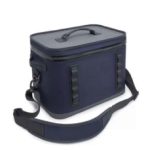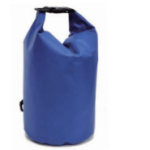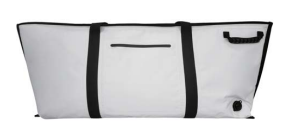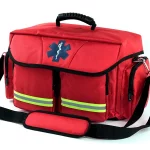When it comes to backpacking, having a reliable dry bag is an essential tool in protecting your gear from water damage. But with various sizes available and an endless array of choices, how can you select the appropriate one for your adventures? Let’s dive in.
1. Understand the Importance of Dry Bags for Backpacking
Dry bags are an integral component of backpacking as they keep gear safe and dry in wet environments, whether that means crossing rivers, hiking in rainstorms, camping near water bodies or anything else that requires close proximity to moisture sources. Having one on you while crossing rivers, hiking through rain-drenched trails or camping near lakes ensures all essentials remain protected against moisture intrusion.
2. Selecting an Appropriate
Dry Bag Size Selecting the suitable dry bag size can depend upon various factors:
- Duration of Trip: For shorter trips, a smaller capacity dry bag may suffice; larger expeditions may necessitate larger capacities to accommodate additional gear.
- Type and Volume of Gear: Be mindful of what types of clothing, sleeping bags, electronics and food supplies you plan on carrying with you.
- Personal Preference: Some backpackers prefer multiple smaller dry bags for better organization while others opt for larger ones to store everything together in one bag.
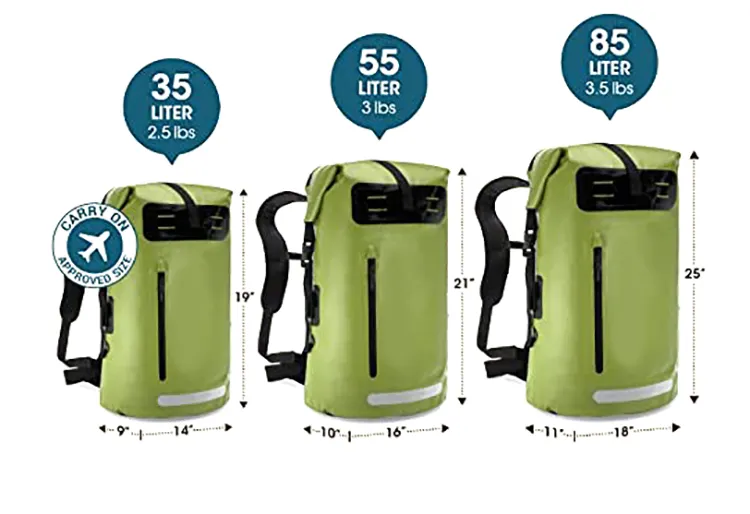
3. Select the Appropriate Capacity
Dry bags come in various capacities – 5L, 10L and 20L are some common examples – making the task of choosing one much simpler. Here is an essential guideline to assist with making this decision:
- 5-10L bags are ideal for smaller items like electronics, maps, snacks and change of clothing.
- 15-20L are great options for day trips or overnight adventures as they allow room for additional clothing layers, sleeping bags and other necessities.
- 30L and above: Recommended for longer expeditions or trips where bulkier gear, such as tents, sleeping pads and cooking supplies must be transported.
4. Selecting an Appropriate
Dry Bag Size To fit Your Gear It is essential that the dry bag backpack you select can comfortably contain all your gear while leaving room for proper sealing and proper sealing of its seams. Consider:
- Sleeping Bag: Select a dry bag large enough to fit your compressed sleeping bag without overstressing the seams, while clothing requires you to estimate its volume before selecting an appropriate dry bag size that can support it without excessive compression.
- Electronics: For optimal protection, store electronics in individual dry bags or waterproof cases that fit within your larger dry bag. This will offer added layers of security.
5. Consider Additional Factors
Beyond capacity, take into account other elements that affect productivity such as:
- Weight: Opting for lightweight dry bags will help minimize the total weight of your backpacking gear. With regards to materials and durability, select durable waterproof materials which can withstand adverse outdoor conditions.
- Features: Look out for features like adjustable shoulder straps, external pockets, and reflective elements to increase convenience and safety.
6. Conclusion
Selecting an ideal backpacking dry bag size can ensure that all of your gear remains dry and protected on adventures. By factoring in trip duration, gear volume, and personal preferences when making this selection process, the ideal dry bag can be found for you.

